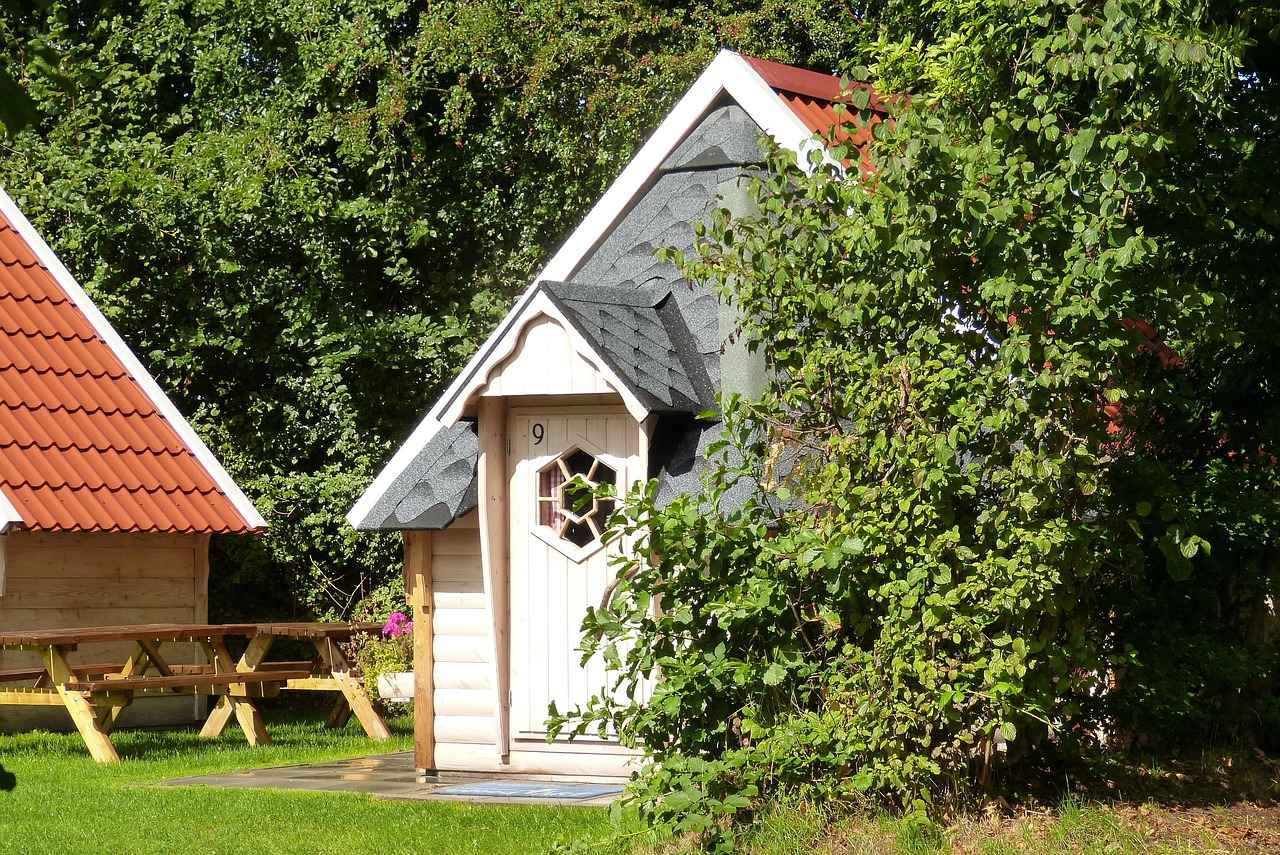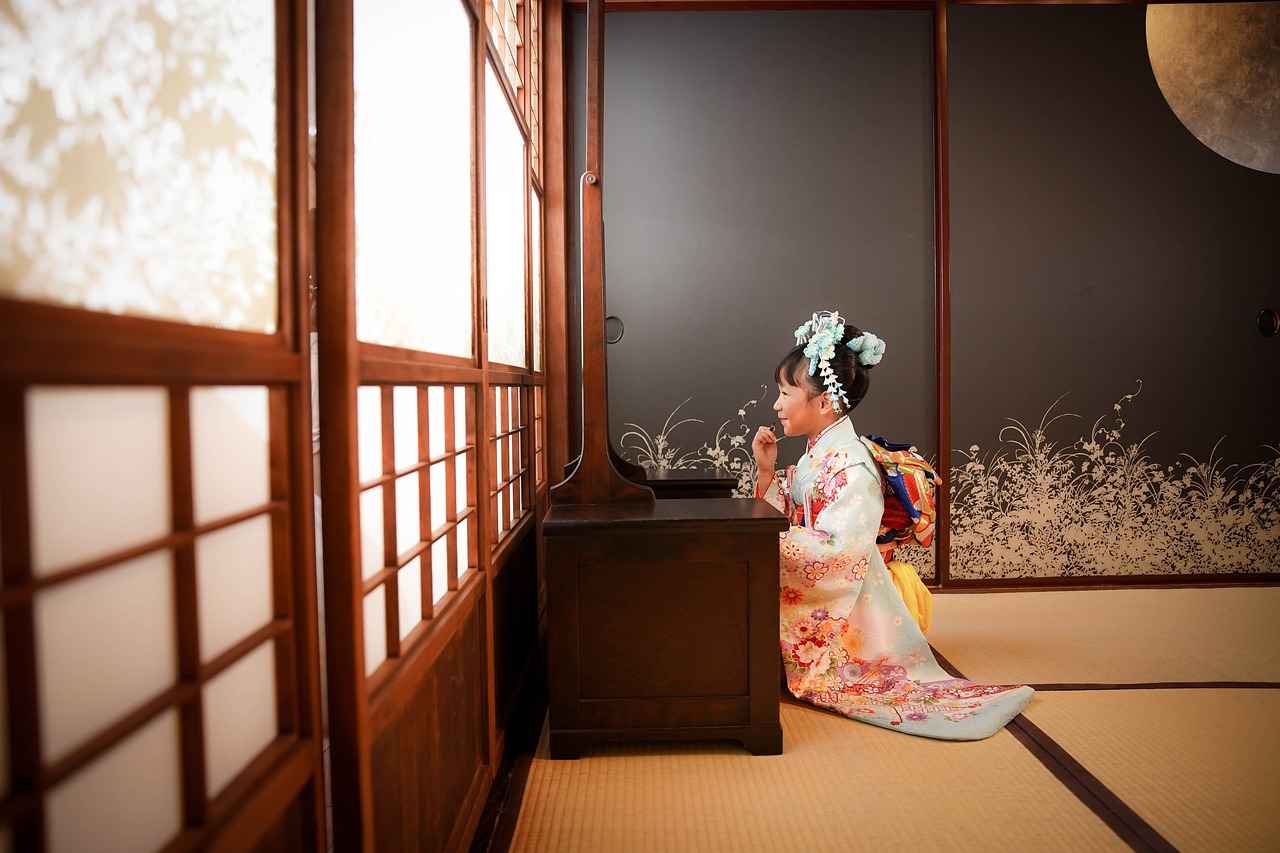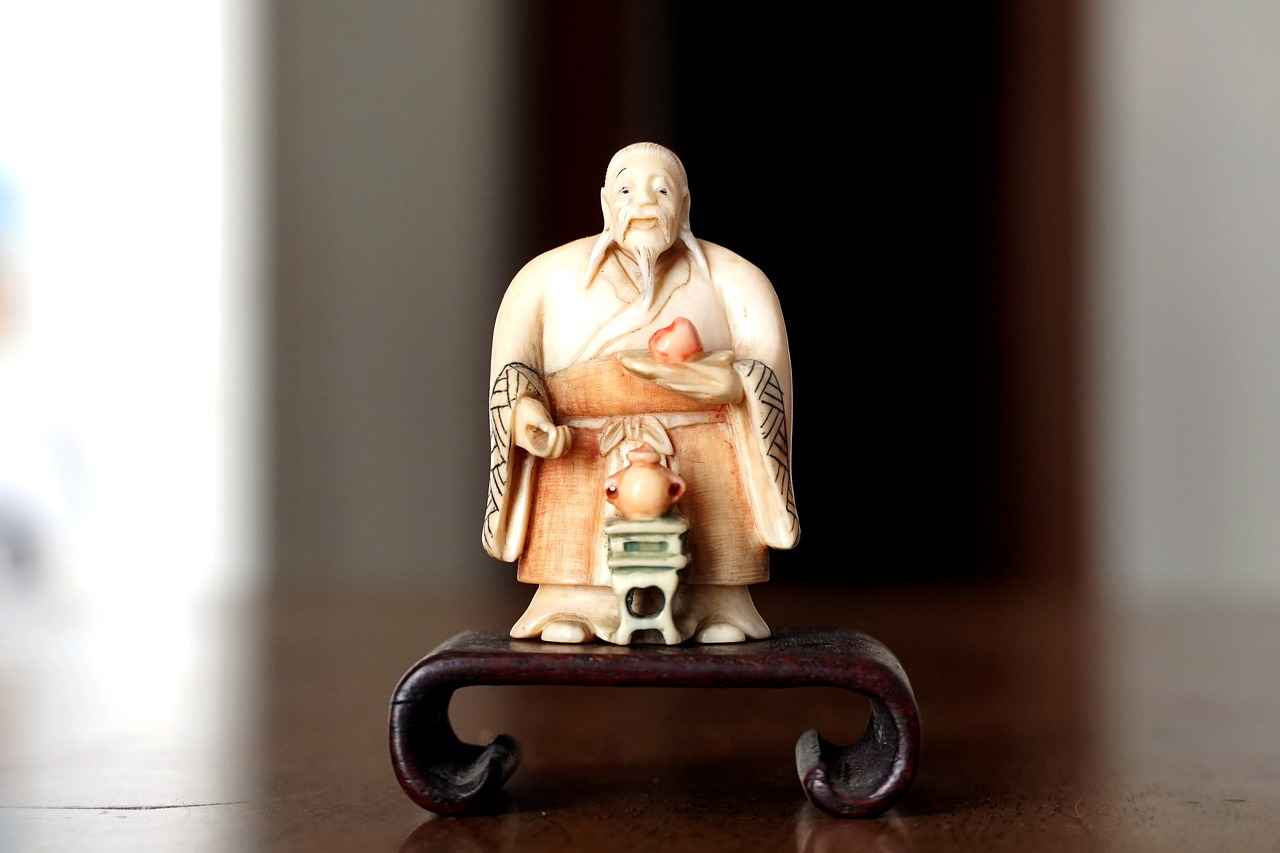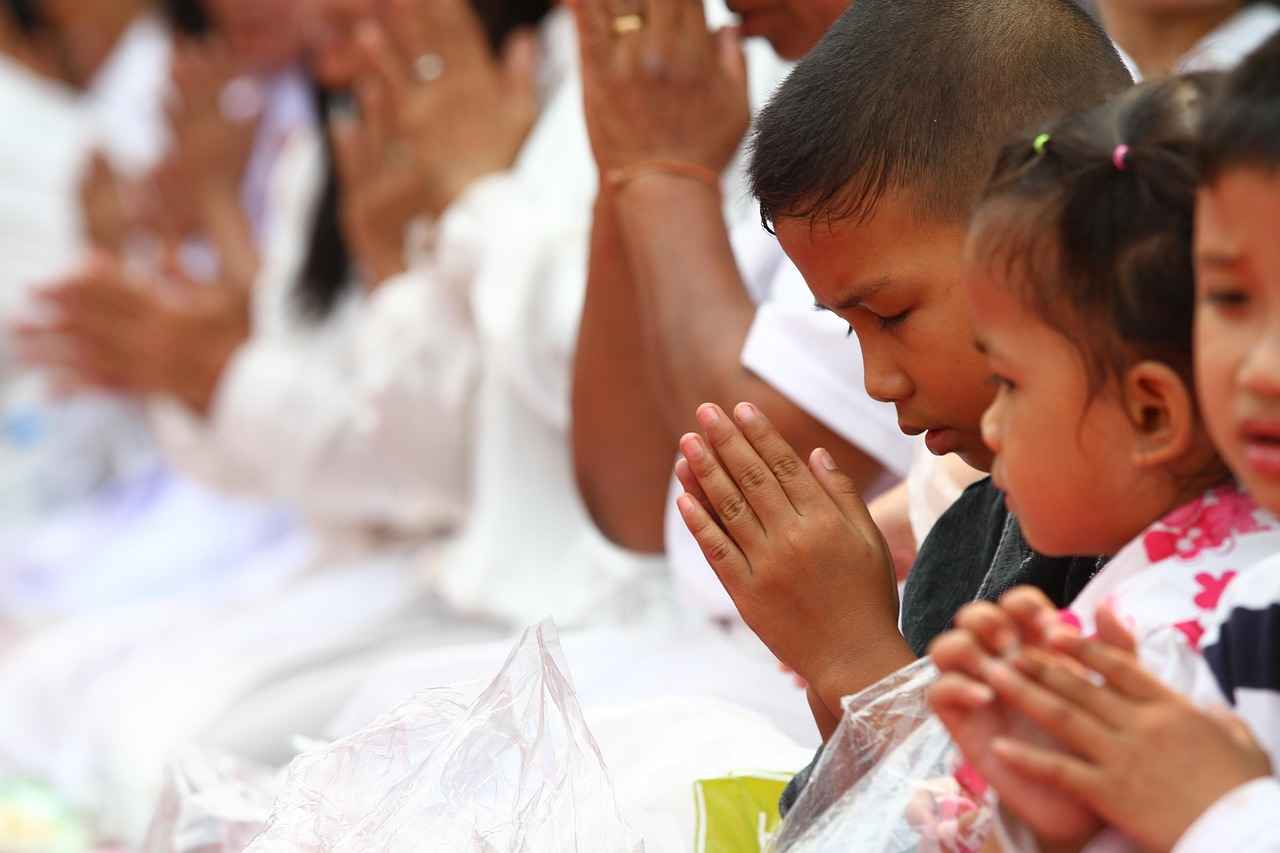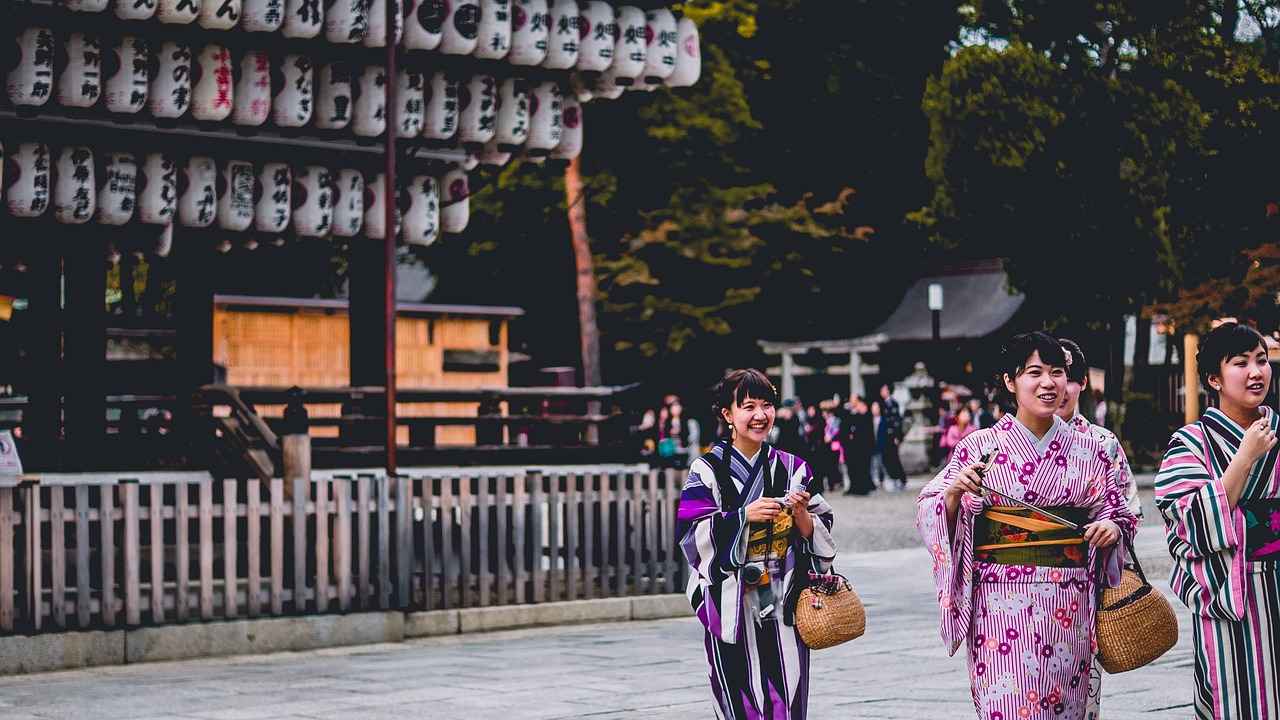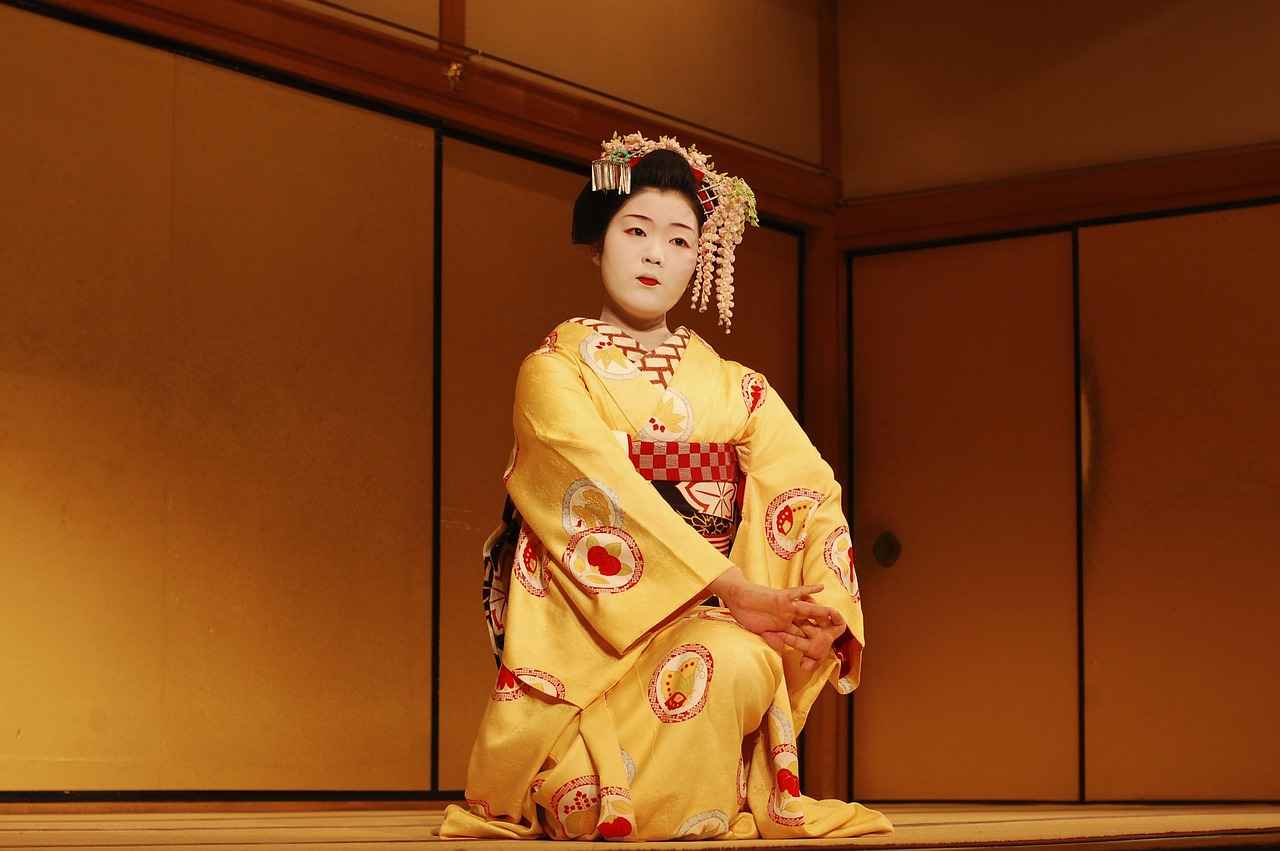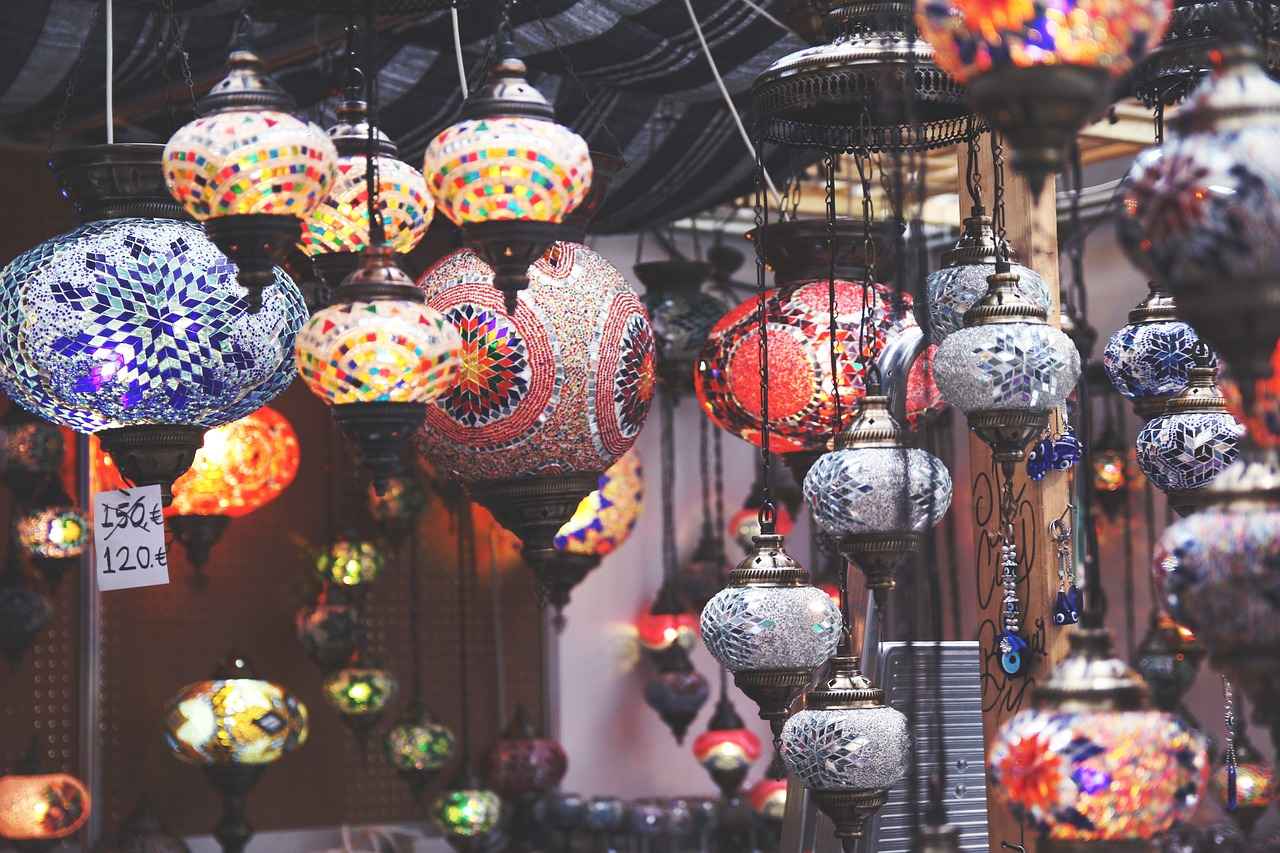This article delves into the vibrant tradition of kimono rental in Kyoto, offering insights into the process, cultural significance, and tips for a memorable experience in this historic city. Renting a kimono allows visitors to immerse themselves in Japan’s rich heritage while exploring the beautiful landscapes and historical sites of Kyoto.
The Cultural Significance of Kimonos
Kimonos are not merely garments; they represent a deep connection to Japan’s history and cultural identity. Each kimono tells a story through its fabric, patterns, and colors, often reflecting the season or occasion. Understanding this significance enhances the experience of wearing one during your visit to Kyoto.
Choosing the Right Kimono Rental Shop
Selecting a reputable kimono rental shop is crucial for a delightful experience. Consider factors such as:
- Location: Proximity to popular tourist spots.
- Selection: Variety of styles and sizes available.
- Customer Service: Knowledgeable staff to assist with fitting and styling.
What to Expect During the Rental Process
The rental process is straightforward. Upon arrival at the shop, you will be guided through fitting options, and staff will assist you in choosing the perfect kimono. Make sure to inquire about return policies and any additional fees.
Tips for Wearing a Kimono Comfortably
Wearing a kimono can be a unique experience. Here are some practical tips:
- Practice Movement: Kimonos can restrict movement, so practice walking and sitting.
- Layering: Wear a light undershirt to enhance comfort.
Accessorizing Your Kimono
Accessories like obis (sashes) and obijime (decorative cords) are essential for completing the kimono look. Choose colors that complement your kimono for a harmonious appearance.
Exploring Kyoto in a Kimono
Wearing a kimono enhances your exploration of Kyoto’s historical sites. Consider visiting:
- Kinkaku-ji: The Golden Pavilion, a stunning backdrop for photographs.
- Fushimi Inari Taisha: Famous for its thousands of vermilion torii gates.
Conclusion: Embrace Tradition in Kyoto
Renting a kimono in Kyoto is more than just a fashion choice; it’s a cultural experience. Embrace this opportunity to connect with Japan’s heritage and create lasting memories while exploring this enchanting city.
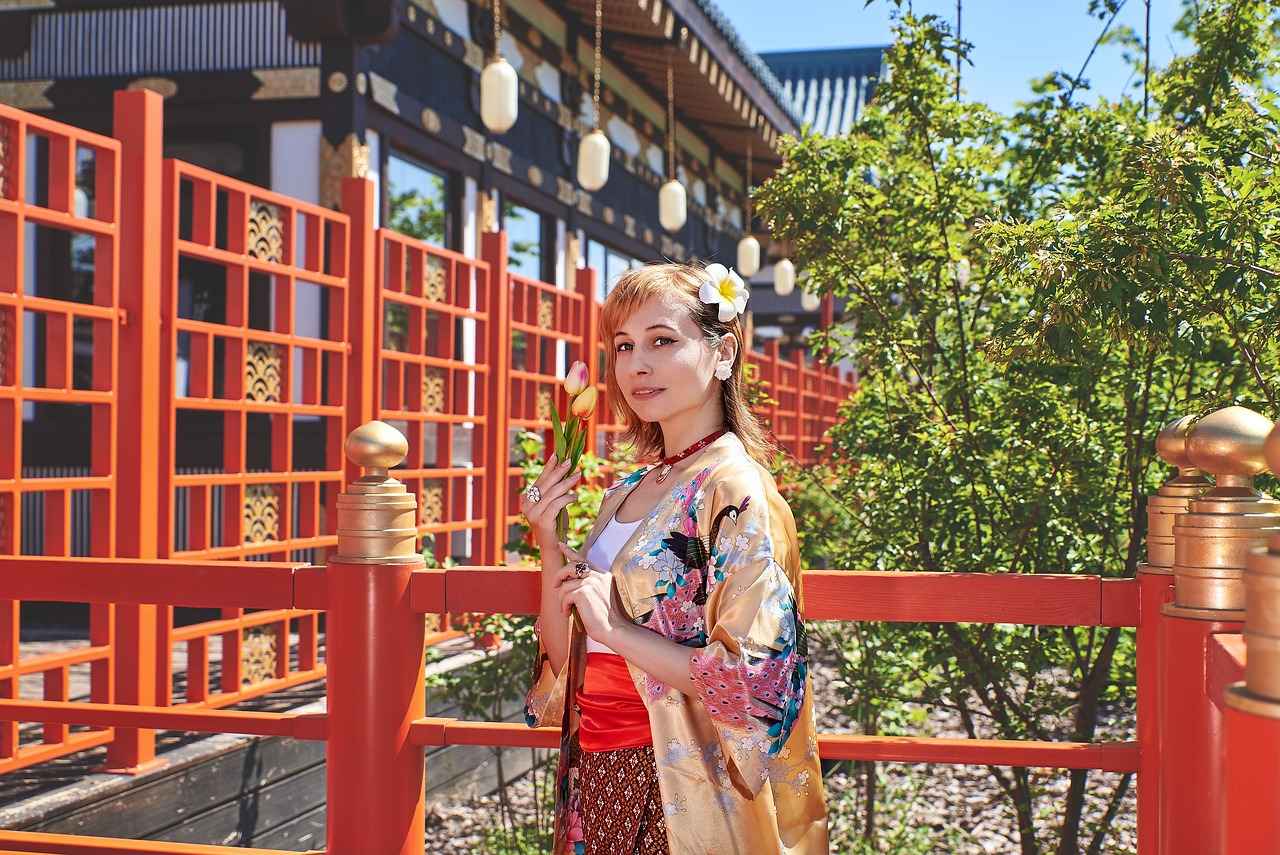
The Cultural Significance of Kimonos
Kimonos are more than mere garments; they are a profound reflection of Japan’s rich history and cultural heritage. Each kimono tells a story, woven into the fabric of Japanese tradition and artistry. Understanding their significance not only enriches the experience of wearing one but also deepens your connection to the culture during your visit to Kyoto.
The kimono, with its elegant lines and intricate designs, has evolved over centuries. Traditionally, the choice of fabric, color, and patterns in kimonos often signifies the wearer’s age, marital status, and the season. For instance, young women might wear vibrant colors and floral patterns, while older women often opt for more subdued tones and complex motifs.
As you walk through the historic streets of Kyoto, wearing a kimono allows you to step back in time and experience the city as it once was. The act of donning a kimono is a ritual in itself, often accompanied by a fitting ceremony that highlights the importance of tradition. This experience is enhanced by the presence of knowledgeable staff at rental shops who can guide you through the selection process, ensuring you choose a kimono that resonates with your personal style and the cultural context.
Moreover, kimonos are often associated with various traditional ceremonies and events, such as tea ceremonies, weddings, and festivals. Wearing a kimono during your visit allows you to participate in these cultural practices, offering a unique insight into Japanese customs.
In conclusion, the significance of kimonos extends beyond their aesthetic appeal. They are a bridge to understanding Japan’s cultural identity and history. By embracing this tradition during your visit to Kyoto, you not only honor the past but also create lasting memories that will enrich your journey.

Choosing the Right Kimono Rental Shop
is an essential step for anyone looking to immerse themselves in the beauty and tradition of Kyoto. With numerous options available, selecting a reputable shop can significantly enhance your experience. Here are some key factors to consider:
- Location: Opt for a rental shop situated near popular tourist attractions. This will save you time and allow for easy access to stunning photo opportunities in your kimono.
- Selection: A diverse selection of kimonos is vital. Look for shops that offer various styles, colors, and sizes to ensure you find the perfect fit that reflects your personal taste and enhances your experience.
- Customer Service: Friendly and knowledgeable staff can make a huge difference. Choose a shop where the staff is willing to assist you in selecting the right kimono and provide guidance on how to wear it properly.
- Pricing: While affordability is important, ensure that the quality of the kimonos and service is not compromised. Check for any hidden fees and what is included in the rental package.
- Reviews and Recommendations: Research online reviews and seek recommendations from fellow travelers. Positive feedback can be a strong indicator of a shop’s reliability and quality.
By taking these factors into account, you can ensure a delightful and memorable kimono rental experience in Kyoto. Whether you are wandering through the historic streets or visiting iconic temples, wearing a kimono will undoubtedly enhance your journey through this beautiful city.
Popular Kimono Rental Shops in Kyoto
Kyoto is a city steeped in history and tradition, and one of the best ways to immerse yourself in its rich culture is through the experience of wearing a kimono. With a plethora of kimono rental shops available, visitors can easily find the perfect attire to enhance their exploration of this beautiful city. Below, we delve into some of the most popular kimono rental shops in Kyoto, renowned for their exceptional service, quality garments, and diverse selections.
- Shop A: Traditional Elegance
This shop is celebrated for its extensive collection of kimonos that range from classic styles to modern interpretations. Visitors can expect personalized service, ensuring that each rental experience is tailored to their preferences. The knowledgeable staff assists in selecting the perfect kimono, making it a favorite among tourists.
- Shop B: Affordable Options
For travelers on a budget, Shop B offers a variety of affordable rental packages. Despite the lower prices, the quality of the kimonos remains high, allowing visitors to enjoy a traditional experience without breaking the bank. This shop is particularly popular among younger audiences looking for stylish yet economical options.
- Shop C: Custom Experiences
Shop C stands out for its unique offerings, including custom kimono fittings and styling sessions. They provide a wide range of accessories to complement the kimonos, allowing guests to create a personalized look. This shop is perfect for those who wish to make a fashion statement while embracing tradition.
- Shop D: Family-Friendly Rentals
Shop D caters to families, offering a selection of kimonos for all ages. With a focus on comfort and ease, this shop ensures that everyone, from toddlers to grandparents, can enjoy the experience of wearing a kimono. Their friendly staff is adept at managing group rentals, making it a convenient choice for families visiting Kyoto.
In conclusion, choosing the right kimono rental shop in Kyoto can significantly enhance your experience of this historic city. Whether you seek traditional elegance, budget-friendly options, custom styling, or family-friendly services, Kyoto’s kimono rental shops offer something for everyone. Embrace the opportunity to connect with Japan’s cultural heritage while creating unforgettable memories.
Shop A: Traditional Elegance
When visiting Kyoto, immersing yourself in the local culture is essential, and what better way to do so than by donning a beautiful kimono? Shop A stands out as a premier destination for kimono rentals, offering a diverse selection that caters to every taste and preference. Whether you are drawn to the timeless beauty of classic designs or the vibrant flair of contemporary styles, you are sure to find the perfect garment to enhance your Kyoto adventure.
At Shop A, the experience begins with a warm welcome from knowledgeable staff who are eager to assist you in selecting the ideal kimono. With a wide array of patterns, colors, and sizes, every visitor can find something that resonates with their personal style. From elegant floral prints to minimalist modern designs, the options are plentiful.
The rental process is designed to be seamless and enjoyable. After choosing your kimono, the staff will help with fitting and styling, ensuring that you not only look great but also feel comfortable throughout your day. Additionally, Shop A provides a range of accessories, such as obi (sashes), obijime (decorative cords), and traditional footwear, allowing you to complete your look with ease.
One of the standout features of Shop A is its commitment to quality. Each kimono is meticulously maintained, ensuring that you wear a garment that reflects the rich cultural heritage of Japan. Furthermore, the shop offers flexible rental durations, accommodating both short visits and extended explorations of the city.
For those seeking a memorable experience, Shop A also provides guided tours that highlight Kyoto’s historical sites, allowing you to explore the city while dressed in traditional attire. This unique combination of fashion and culture makes your visit truly unforgettable.
In conclusion, Shop A is more than just a rental shop; it is a gateway to experiencing the elegance and charm of Kyoto through the lens of its iconic kimono tradition. Whether you’re a first-time visitor or a seasoned traveler, this shop promises a delightful and enriching experience.
Shop B: Affordable Options
For those who wish to immerse themselves in the beauty of traditional Japanese culture without breaking the bank, Shop B stands out as an excellent choice. This kimono rental shop caters specifically to budget-conscious travelers, offering a variety of rental packages that are both affordable and high-quality. The experience of wearing a kimono in Kyoto is not just about the attire; it’s about embracing a piece of Japan’s rich history.
One of the key advantages of Shop B is its commitment to providing value for money. Customers can select from a wide range of kimonos, each designed to reflect the elegance and intricacy of traditional Japanese fashion. Whether you are looking for a vibrant floral pattern or a more subdued classic style, Shop B ensures that there is something for everyone.
Moreover, the rental packages are designed to include everything you need for a complete experience. This includes:
- Kimono Selection: A diverse array of kimonos to choose from.
- Fitting Assistance: Friendly staff to help you find the perfect fit.
- Accessories: Optional add-ons like obi sashes and traditional footwear.
- Photography Services: Options to capture your memories in stunning locations around Kyoto.
The rental process at Shop B is streamlined for convenience. Upon arrival, guests are welcomed and guided through the selection process, ensuring that they feel comfortable and confident in their chosen attire. This attention to customer service enhances the overall experience, making it memorable.
In conclusion, Shop B is an ideal option for travelers who want to enjoy the cultural experience of wearing a kimono without the hefty price tag. With quality offerings and a focus on customer satisfaction, it remains a popular choice for those looking to explore the enchanting streets of Kyoto.
What to Expect During the Rental Process
Renting a kimono in Kyoto can be a delightful experience, but understanding the process can help alleviate any concerns you may have. This section provides a comprehensive overview of what to expect when renting a kimono, ensuring a smooth and enjoyable experience.
- Initial Consultation: When you arrive at the rental shop, the first step typically involves a brief consultation. Staff members will inquire about your preferences, such as color and style, and may ask for any specific requirements you have.
- Fitting: After discussing your preferences, you’ll proceed to the fitting area. Here, you will try on various kimonos. The staff will assist you in selecting the right size and style, ensuring a comfortable fit.
- Accessorizing: Once you’ve chosen your kimono, the next step involves selecting accessories. Traditional items like obi (sash), obiage (obi scarf), and obijime (decorative cord) will be offered to complete your look. The staff can provide guidance on how to wear these accessories properly.
- Getting Dressed: After selecting your kimono and accessories, the staff will help you get dressed. They are experienced in layering the garments correctly, ensuring that you look your best while feeling comfortable.
- Photography Opportunities: Many rental shops also offer professional photography services or can recommend scenic locations for you to capture memories in your kimono. This is a great way to commemorate your experience in Kyoto.
- Return Policies: Before you leave the shop, make sure to understand the return policies. Most rental services require the kimono to be returned by a specific time on the same day. Some shops may offer extended rental periods, so be sure to inquire if you wish to keep the kimono longer.
By understanding each step of the rental process, you can approach your kimono experience with confidence and excitement. Enjoy your time embracing this beautiful aspect of Japanese culture!
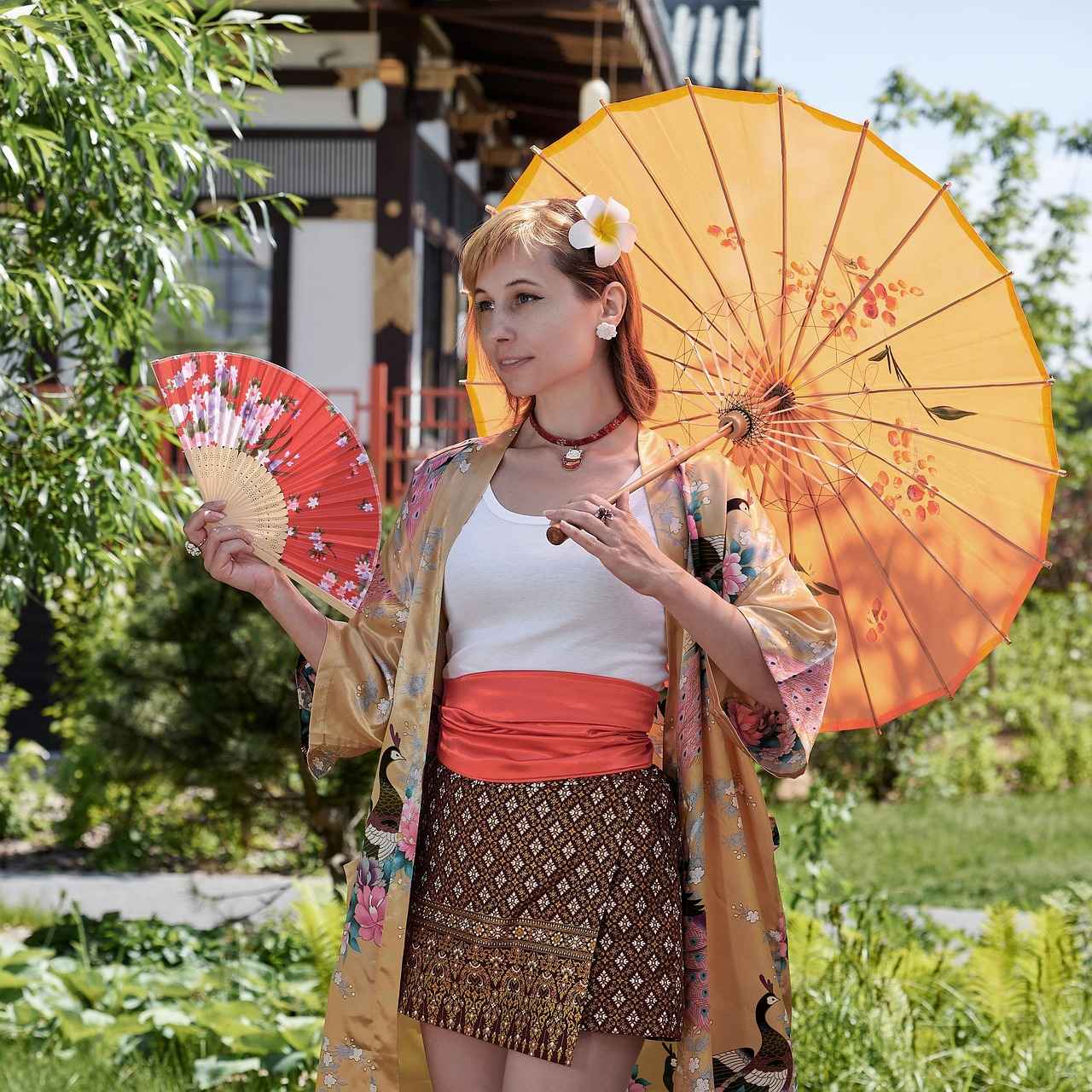
Tips for Wearing a Kimono Comfortably
Wearing a kimono can be a unique and enriching experience, especially when visiting a culturally rich place like Kyoto. However, if you are unfamiliar with this traditional attire, it can also pose some challenges. To help you navigate the intricacies of wearing a kimono comfortably and stylishly, we have compiled a list of practical tips that will enhance your rental experience.
- Choose the Right Size: Ensure that the kimono you select fits well. A well-fitted kimono allows for ease of movement and enhances your overall appearance. Don’t hesitate to ask the rental staff for assistance in finding the right size.
- Layer Wisely: Kimonos are typically layered with an undergarment called a juban. Make sure to wear this undergarment properly, as it helps absorb sweat and provides comfort throughout your day.
- Practice Walking: Kimonos can restrict movement, so it’s important to practice walking in one before heading out. Take smaller steps and be mindful of your movements to avoid tripping.
- Use the Right Accessories: Accessories such as obi (sashes) and obiage (obi wraps) not only enhance your look but also help secure the kimono in place. Familiarize yourself with how to wear these accessories correctly.
- Stay Hydrated: Wearing a kimono can feel warm, especially on sunny days. Be sure to drink plenty of water to stay hydrated and comfortable.
- Plan for Breaks: If you are exploring Kyoto for an extended period, plan for breaks where you can sit down and rest. This will help you avoid fatigue and enjoy your experience more fully.
By following these tips, you can ensure that your kimono rental experience is both comfortable and stylish, allowing you to fully immerse yourself in the beauty of Kyoto and its rich traditions.
Accessorizing Your Kimono
When it comes to wearing a kimono, the right accessories are essential for achieving a complete and authentic look. Traditional Japanese accessories not only enhance your outfit but also reflect the rich cultural heritage of Japan. In this section, we will explore some of the most important accessories that can elevate your kimono experience.
- Obi: The obi is a wide belt that wraps around the waist and is one of the most significant elements of kimono attire. Available in various styles, colors, and patterns, the obi can dramatically alter the overall aesthetic of the kimono. A well-chosen obi can highlight the colors of the kimono while adding a touch of elegance.
- Obiage: This is a decorative piece of fabric that is tucked underneath the top of the obi. The obiage adds a layer of sophistication and can be found in various colors and patterns, allowing for customization based on the kimono’s design. It is typically worn to ensure the obi stays in place while also serving as a beautiful accent.
- Obijime: The obijime is a cord that is tied around the obi to secure it further. This accessory not only serves a practical purpose but is also an opportunity for personal expression. Available in numerous styles and colors, the obijime can complement or contrast with the obi and kimono, adding depth to your outfit.
- Haneri: The haneri is a decorative collar that can be attached to the kimono. It is often made from a contrasting fabric and adds a pop of color around the neckline. This accessory is particularly useful for enhancing the overall look without altering the kimono itself.
- Geta and Zori: Footwear is another crucial aspect of kimono styling. Geta are traditional wooden sandals, while zori are flat sandals made of rice straw or fabric. Choosing the right footwear not only ensures comfort but also completes the traditional look.
In conclusion, accessorizing your kimono is more than just adding decorative elements; it’s about embracing the full cultural experience that comes with wearing this beautiful garment. By carefully selecting accessories like the obi, obiage, and obijime, you can enhance your overall appearance and truly embody the spirit of traditional Japan.
Choosing the Right Footwear
When it comes to wearing a kimono, selecting the appropriate footwear is crucial for both comfort and style. In Kyoto, where tradition meets modernity, you have a variety of options to enhance your experience while exploring this beautiful city.
The two most popular types of traditional footwear worn with kimonos are zori and geta. Each has its unique characteristics and benefits, making them suitable for different occasions and preferences.
- Zori: These are flat sandals made from materials such as rice straw or synthetic fibers. They are often worn for formal occasions and provide a comfortable option for walking on smooth surfaces. Zori can be paired with a variety of kimono styles, making them a versatile choice for your Kyoto adventure.
- Geta: Geta are raised wooden sandals that offer a distinct sound and style. They are typically worn during the warmer months and are ideal for navigating uneven terrain, such as the cobblestone streets of Kyoto. The elevated design allows for better airflow, keeping your feet cool and comfortable as you explore.
While both zori and geta have their advantages, your choice may depend on personal comfort and the specific activities you plan to engage in. If you intend to visit temples or participate in cultural activities, consider the following:
- For temple visits: Zori may be more appropriate for their understated elegance.- For outdoor excursions: Geta provide stability and comfort on uneven ground.
Ultimately, the right footwear will enhance your overall kimono experience, allowing you to immerse yourself fully in the beauty of Kyoto’s culture and heritage. Whether you choose zori or geta, make sure to take the time to find a pair that fits well and complements your outfit. Enjoy your journey through this historic city in style!
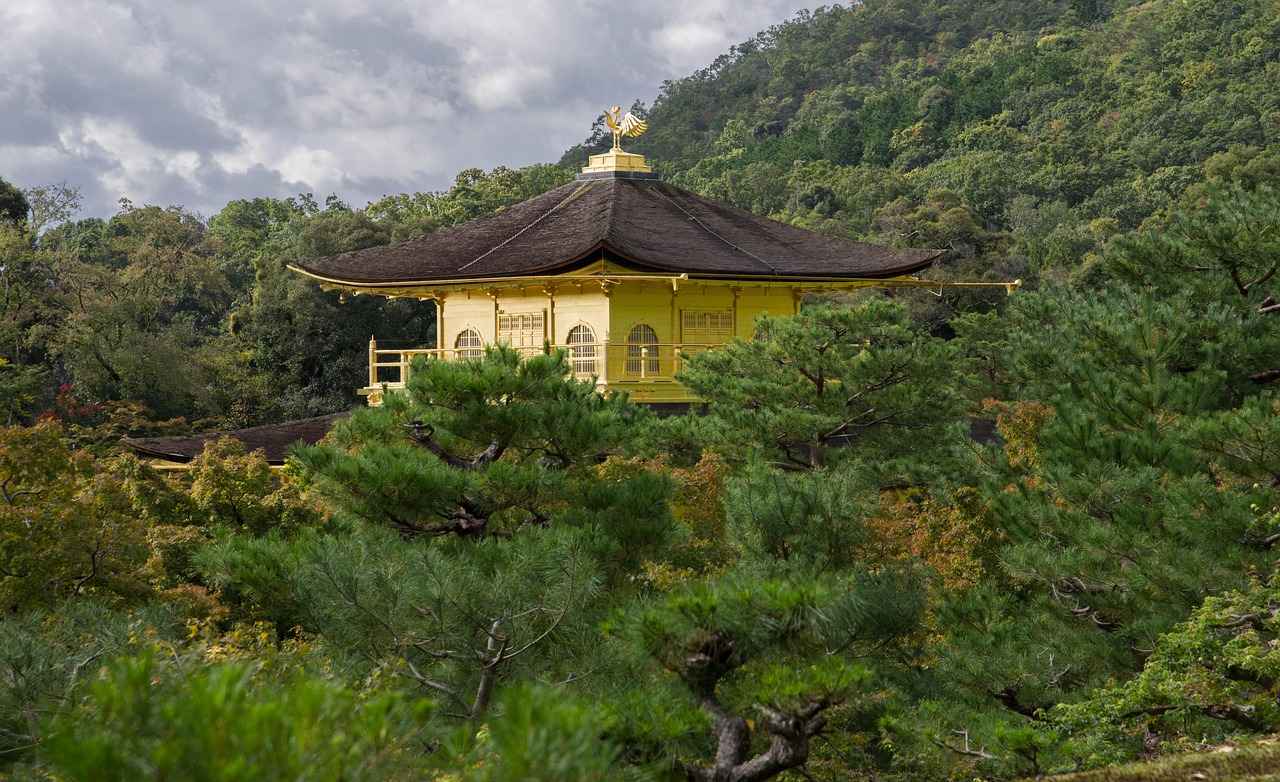
Capturing Memories: Photography Tips
Wearing a kimono in Kyoto offers a unique chance to create beautiful memories through photography. The stunning backdrops of this historic city combined with the elegance of traditional attire can yield breathtaking photos. Here are some valuable tips to help you capture these moments effectively:
- Choose the Right Time of Day: The golden hours, shortly after sunrise and before sunset, provide the best natural light for photography. The soft, warm light enhances the colors of your kimono and the scenery.
- Find Iconic Locations: Kyoto is filled with picturesque spots. Consider visiting Kinkaku-ji (the Golden Pavilion), Arashiyama Bamboo Grove, or Fushimi Inari Taisha for stunning backdrops that complement your kimono.
- Utilize Natural Framing: Look for natural frames in your surroundings, such as arches, trees, or doorways. This technique adds depth to your photos and draws attention to you in your kimono.
- Incorporate Movement: Capture the elegance of your kimono by incorporating movement into your shots. Twirling or walking can create dynamic images that showcase the flowing fabric.
- Experiment with Angles: Don’t be afraid to get creative with angles. Try shooting from below or above to add a unique perspective to your photos.
- Use Props: Incorporating traditional props, such as a parasol or a fan, can enhance the cultural aesthetic of your photos and make them more visually interesting.
- Hire a Professional Photographer: If you’re looking for high-quality images, consider hiring a local photographer who specializes in capturing kimono experiences. They know the best spots and angles to make your photos unforgettable.
By following these tips, you can ensure that your kimono rental experience in Kyoto is not only memorable but also visually stunning. Capture the essence of traditional Japan while creating lasting memories through your photographs.
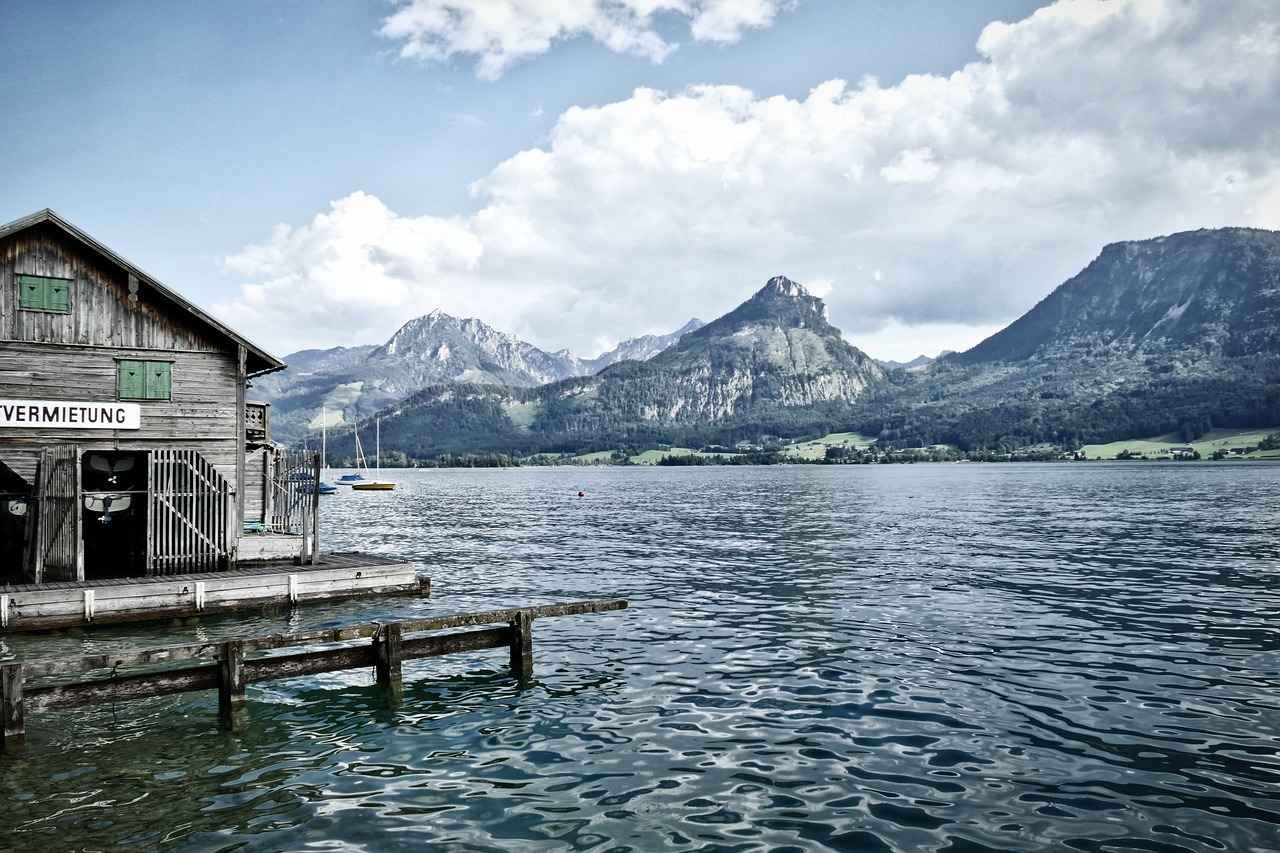
Exploring Kyoto in a Kimono
Wearing a kimono transforms your visit to Kyoto into a cultural journey. This traditional attire not only enhances your experience but also allows you to connect deeply with the city’s rich history and stunning architecture. As you stroll through the ancient streets, the elegance of the kimono complements the beauty of Kyoto’s historical sites, making your exploration even more memorable.
Here are some must-visit locations that are perfect for showcasing your kimono:
- Kinkaku-ji (Golden Pavilion): The shimmering gold leaf of this iconic temple creates a breathtaking backdrop for photos. The serene gardens surrounding the temple provide a peaceful atmosphere to enjoy while dressed in your kimono.
- Fushimi Inari Taisha: Famous for its thousands of vermilion torii gates, this shrine offers a unique setting for a kimono experience. Walking through the gates in traditional attire adds a sense of authenticity to your visit.
- Gion District: Known for its traditional wooden machiya houses and geisha culture, Gion is the perfect place to immerse yourself in Kyoto’s heritage. The streets are especially picturesque, making it an ideal location for capturing beautiful photographs.
- Arashiyama Bamboo Grove: The towering bamboo stalks create a magical atmosphere. Wearing a kimono while walking through this enchanting grove allows you to feel like you’ve stepped into a different era.
- Kiyomizu-dera Temple: This historic temple offers stunning views of the city. The combination of the temple’s architecture and your kimono will make for a striking visual experience.
To enhance your cultural experience, consider participating in traditional activities such as a tea ceremony or a kimono dressing workshop. These activities not only deepen your understanding of Japanese culture but also make your visit more engaging.
In conclusion, wearing a kimono while exploring Kyoto’s historical sites is an enriching experience that allows you to appreciate the city’s beauty and heritage fully. Embrace this opportunity to create unforgettable memories in one of Japan’s most iconic destinations.
Top Historical Sites to Visit
Kyoto, a city steeped in tradition and history, offers a plethora of historical sites that provide a glimpse into Japan’s rich past. Wearing a kimono while exploring these sites not only enhances your cultural immersion but also adds to the aesthetic experience of your visit. Below are some of the must-visit locations where you can truly appreciate the beauty of Kyoto.
- Kinkaku-ji (Golden Pavilion)
This stunning Zen Buddhist temple is covered in gold leaf, creating a breathtaking reflection on the surrounding pond. The serene atmosphere of Kinkaku-ji is perfect for a peaceful stroll in a kimono.
- Fushimi Inari Taisha
Famous for its thousands of vermilion torii gates, this shrine dedicated to the rice deity Inari is a must-see. Walking through the gates in a kimono provides a unique perspective on this iconic site.
- Kiyomizu-dera
Perched on a hill, Kiyomizu-dera offers panoramic views of Kyoto. The wooden stage and beautiful cherry blossoms create a picturesque backdrop for kimono-clad visitors.
- Nijo Castle
This UNESCO World Heritage Site showcases the power of the shogunate. The castle’s beautiful gardens and historical architecture make it an excellent spot for photography in traditional attire.
- Gion District
The famous geisha district is filled with traditional wooden machiya houses. Strolling through Gion in a kimono allows you to immerse yourself in the cultural atmosphere of old Kyoto.
Each of these sites offers a unique glimpse into Kyoto’s history and culture. Wearing a kimono while visiting enhances not only your experience but also allows you to connect more deeply with the traditions of Japan. Embrace the opportunity to explore these historical treasures in style!
Participating in Traditional Activities
while wearing a kimono can significantly enhance your experience in Kyoto, offering a deeper connection to Japanese culture. Engaging in these activities not only allows you to appreciate the artistry of the kimono but also immerses you in the time-honored customs that define this historic city.
One of the most iconic experiences is the tea ceremony. This ritualistic practice is more than just drinking tea; it embodies the principles of harmony, respect, purity, and tranquility. During the ceremony, participants learn about the meticulous preparation of matcha, a powdered green tea, while enjoying the serene atmosphere that surrounds them. It’s a perfect way to savor the moment, especially while dressed in a beautiful kimono.
Another enriching activity is participating in cultural workshops. Many studios in Kyoto offer hands-on experiences where you can learn traditional arts such as calligraphy, ikebana (flower arranging), or even kimono dressing. These workshops not only provide insight into Japanese aesthetics but also allow you to create a personal souvenir to take home, making your trip even more memorable.
For those interested in the performing arts, consider attending a kagura or noh performance. These traditional Japanese theatrical arts showcase intricate costumes and elaborate storytelling, providing a fascinating glimpse into Japan’s cultural heritage. Wearing a kimono to such performances enhances the experience, as you become part of the rich tapestry of tradition.
In addition to these activities, exploring the historic districts of Kyoto while in a kimono can be a delightful adventure. Strolling through the streets of Gion or Arashiyama, you will feel as if you have stepped back in time, surrounded by wooden machiya houses and traditional teahouses.
In conclusion, engaging in traditional activities while wearing a kimono not only enriches your visit to Kyoto but also allows you to create lasting memories that reflect the beauty and depth of Japanese culture.
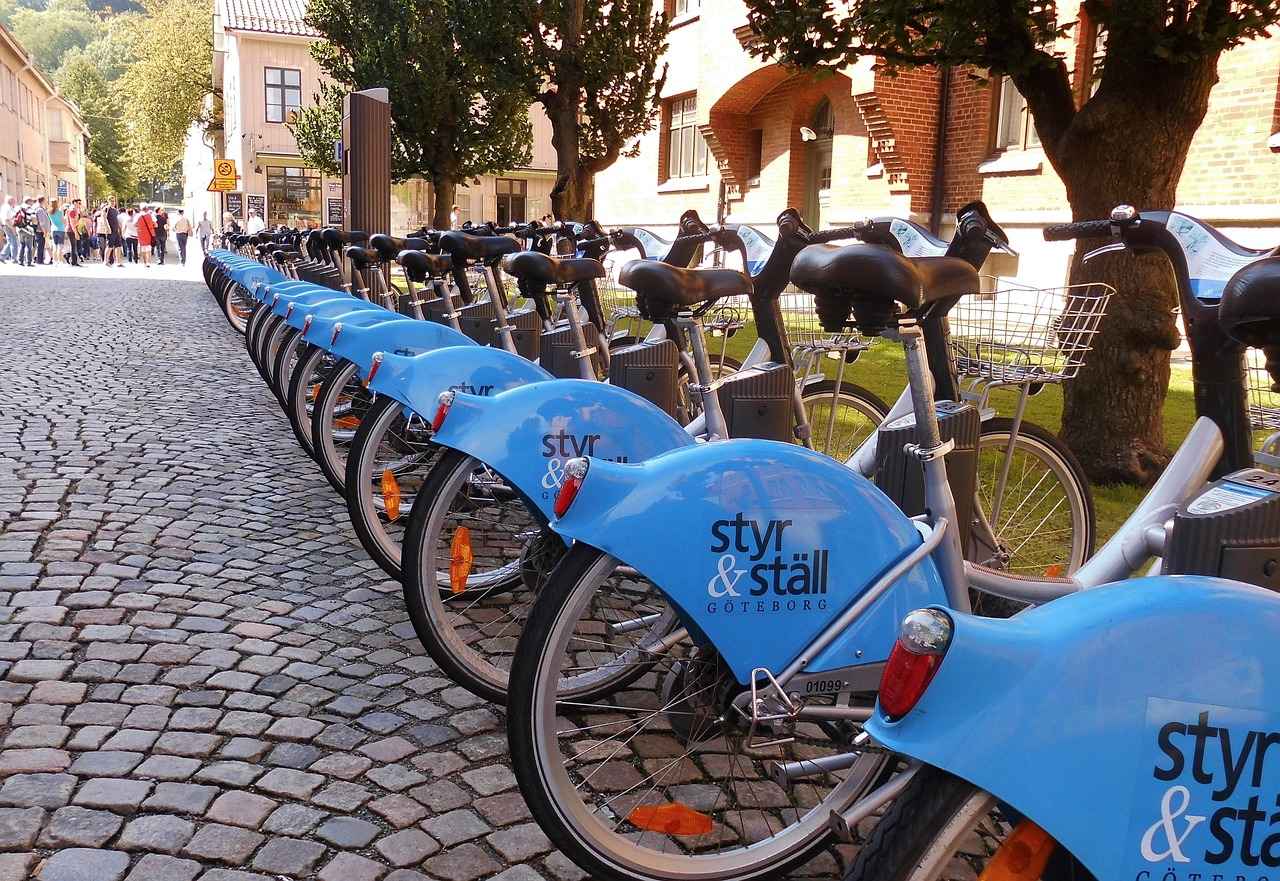
Conclusion: Embrace Tradition in Kyoto
Renting a kimono in Kyoto is an immersive experience that transcends mere fashion. It allows visitors to connect deeply with Japan’s rich cultural heritage while creating unforgettable memories. The act of wearing a kimono is a celebration of tradition, artistry, and personal expression.
When you don a kimono, you are not just wearing a piece of clothing; you are stepping into a world where each fold and color tells a story. Kimonos have a profound historical significance, often associated with various seasons, occasions, and even the wearer’s life stage. For instance, young women often wear vibrant, colorful kimonos for celebrations, while older generations may opt for more subdued tones that reflect their wisdom and experience.
Choosing the right kimono rental shop is essential to ensure a memorable experience. Look for shops that offer a wide selection of kimonos, as well as knowledgeable staff who can assist with fittings and styling. Many shops also provide accessories like obijime and obiage, allowing you to complete your look authentically.
As you explore Kyoto’s stunning temples and gardens in your kimono, take advantage of the opportunity to capture these moments. Photography is an integral part of the experience, and many visitors find that wearing a kimono enhances the beauty of their photos against the backdrop of Kyoto’s historic architecture.
Moreover, participating in traditional activities, such as a tea ceremony or a flower arranging workshop, while dressed in a kimono can deepen your appreciation of Japanese culture. These experiences allow you to engage with local customs and create a more enriching visit.
In conclusion, renting a kimono in Kyoto is much more than a fashion statement; it is an invitation to embrace Japan’s cultural legacy. By immersing yourself in this tradition, you not only enhance your travel experience but also create lasting memories that will stay with you long after your visit.
Frequently Asked Questions
- What should I wear under a kimono?
It’s best to wear a simple, fitted outfit like a tank top and leggings. This ensures a smooth fit and comfort while wearing the kimono.
- How long can I rent a kimono?
Most rental shops offer options ranging from a few hours to a full day. Some even provide overnight rentals for those who want to fully embrace the experience!
- Do I need to make a reservation?
While walk-ins are often welcome, making a reservation is highly recommended, especially during peak tourist seasons, to ensure you get your desired kimono style.
- Can I take photos while wearing the kimono?
Absolutely! In fact, many rental shops encourage you to take photos. Some even have beautiful backdrops for you to capture those perfect memories.
- What accessories do I need for my kimono?
Essential accessories include an obi (belt), obiage (obi scarf), and traditional footwear like zori or geta. These complete your look and add to the authenticity of the experience!
- Are there age restrictions for renting a kimono?
Generally, there are no strict age restrictions. However, it’s always good to check with the rental shop for any specific policies regarding children or seniors.
